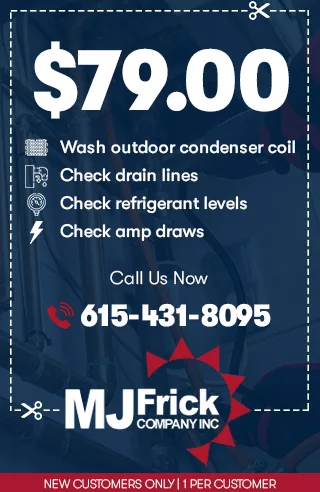Different Types of Residential and Commercial HVAC Systems
The process of installing HVAC systems in residential and commercial buildings is similar, but the type of systems installed will be different.
This guide will help you understand the different types of HVAC systems and for residential and commercial buildings.
7 Types of Residential and Commercial HVAC Systems
Residential HVAC systems are typically single, stand-alone units whereas commercial systems are modular, meaning they can be tailored to the building’s needs.
Here are seven types of HVAC systems that can be used for residential or commercial buildings.
- Split system
- Packaged system
- Variable refrigerant flow (VFR)
- Duct free mini-split
- Geothermal heat pump
- Central air
- Furnace
These are the seven most common types of HVAC systems used in residential and commercial buildings.
The process of heating and cooling the air in a building is the same, the installation is different mainly due to the size of the system and the location of installation.
Split systems are the most common type of HVAC system.
1. Split Systems
Split systems have two components, one for cooling and one for heating. A thermostat is used to control the temperature of the building as a whole.
There are two main types of split systems:
Mini Split Systems and Split Systems
The main difference is split systems require one unit for the building. Mini-split systems require several units for the building, generally one unit for each room.
It is reported by energystar.gov “that split system uses 60% less energy than home electric radiators”.
Split systems are the most common type of heating, ventilation, and air conditioning units.
2. Packaged System
Packaged systems have all components, compressor, condenser, evaporator, and fan coil, all in one unit. These systems typically consist of both an air conditioner and a furnace.
These self-contained units have indoor and outdoor sections in one cabinet. They are a big space saver and can be placed in the home, outside of the home, or on the roof.
Packaged systems are powered by electricity and are energy efficient.
3. Variable Refrigerant Flow (VFR)
VFRs are ductless systems that use heat pumps to send refrigerant from the outdoor unit through to multiple indoor units within the building.
These systems typically have a single outdoor unit connected to many indoor units by refrigerant piping.
The temperature can be customized based on how fast or slow the indoor unit receives the refrigerant.
The flow of the refrigerant is controlled to match the demands of the space it is working to heat or cool. These systems work great for large homes or commercial buildings.
4. Duct Free Mini-Split
Duct-free mini-splits are a type of HVAC system that does not use ductwork to connect the units. Single indoor and outdoor units are connected via electrical wiring and refrigerant tubing.
These systems use inverter technology which eliminates wasted operation energy through a controlled motor speed.
Duct-free mini-splits work by heating and cooling individual rooms. These systems prevent energy loss and work great for commercial properties or multi-family homes.
5. Geothermal Heat Pump
Geothermal heat pumps work by using heat from the ground and circulating it throughout the building. This type of system uses the least amount of external power, around 25%-50% less than conventional systems.
While these systems cost more than most up front, they typically pay for themselves in 5 to ten years.
Geothermal heat pumps are the most efficient way to heat commercial buildings.
6. Central Air
Central air systems work by taking warm air from inside the home and passing it over an evaporator coil. The refrigerant absorbs the heat, pushing the cool air back out. Central air can be used in both commercial and residential buildings.
There are two types of central air systems: split systems and packaged units (both mentioned above).
Central air systems are effective and efficient for both residential and commercial use.
7. Furnace
Furnaces work by heating air by means of gas or electricity and distributing it throughout the home using ducts.
The typical furnace is usually good for 15 to 20 years and can be used for both residential and commercial buildings. Furnaces for commercial use are much larger and more powerful than the furnace found in a residential home.













